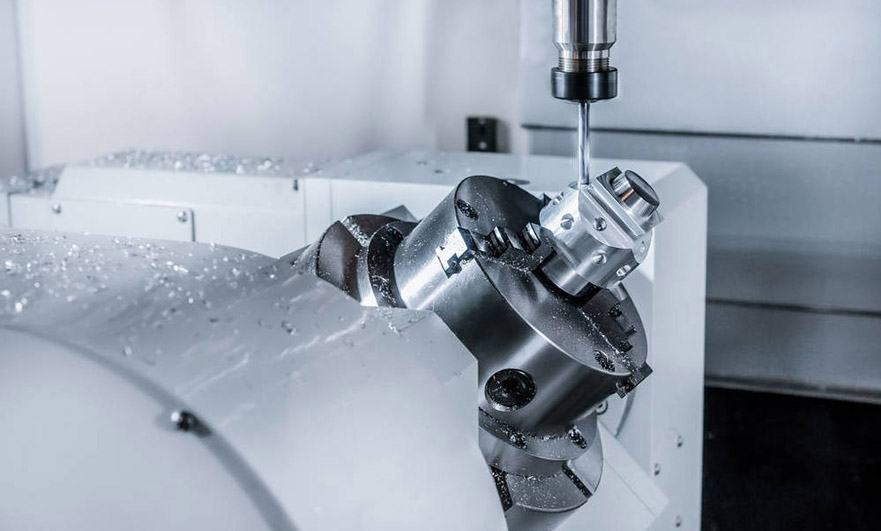The machining manufacturing industry includes all aspects of products. When you hear the word “manufacturing”, the first thing you think of is the association of large-scale manufacturers with large-scale machines that continuously produce products. This is very common in traditional manufacturing systems. But in fact, in order to meet the new mode of rapid manufacturing and thus solve some inherent limitations of traditional manufacturing costs, this mode is called on-demand manufacturing.
What is on-demand manufacturing?
It is a manufacturing system that provides online product machining customization. It is a platform for realizing small batch product machining customization under intelligent manufacturing and providing online CNC machining parts. It is oriented to automobiles, energy, aerospace, and construction. , Rail transit and other industries “Internet + Intelligent Manufacturing” industrial cloud platform. Compared with traditional manufacturing, its products are only manufactured in required quantities when needed.

Advantages of on-demand manufacturing over traditional manufacturing
Compared with traditional manufacturing, it has many relative advantages. Including broad customers, manufacturers, end users, etc. The following is a discussion of the advantages of on-demand manufacturing:
1. More opportunities for small and medium-sized technologies: On-demand manufacturing systems can cost-effectively process small batches that can be manufactured using much cheaper equipment. This enables small and medium-sized enterprises to establish small manufacturing workshops.
2. Customization and low output: On-demand manufacturing enables manufacturers to accurately deliver the products required by customers in terms of quantity and manufacturing specifications. In addition, customers can even order a prototype, no matter how complex it is, and it can be manufactured and delivered in a very short time.
3. Better control of products and reduction of waste: On-demand manufacturing saves a lot of resources, which could have been used to make products that might not be used in the end.
4. Promote innovation: On-demand manufacturing has regular interaction, short delivery time, flexibility, low cost and operational transparency are the characteristics of custom manufacturing, which greatly improves the speed of technological progress.
5. Reduce the burden of warehousing and logistics for manufacturers: On-demand manufacturing significantly reduces logistics costs because it eliminates the need for storage, insurance, marketing, and distribution of ready-made products.
Factors for on-demand manufacturing growth
As we have just entered the era of artificial intelligence from the information age, we are experiencing a rapidly changing world. The Internet of Things promotes the connection between people and machinery, and inevitably promotes the development of logistics. Thereby reducing the cost of quantitative logistics required for traditional manufacturing. Most of our needs, including food, housing, transportation, etc., can be provided on demand. Therefore, the transition from traditional manufacturing to an on-demand model is natural.
The relatively low cost of on-demand manufacturing technologies such as CNC machining has also significantly promoted the growth of on-demand manufacturing. Traditional manufacturing plants generally have several expensive machines, which increases maintenance and labor costs. Most of the manufacturing machines used for on-demand manufacturing are relatively compact and inexpensive, allowing multiple companies to participate in the manufacturing business model. Small and medium-sized factories can fill up idle capacity through on-demand projects to use their machines more effectively.
In conclusion
The traditional model is still the dominant model, but on-demand manufacturing is rapidly changing manufacturing, increasing the rate of innovation, and making manufacturing available to individuals and companies.